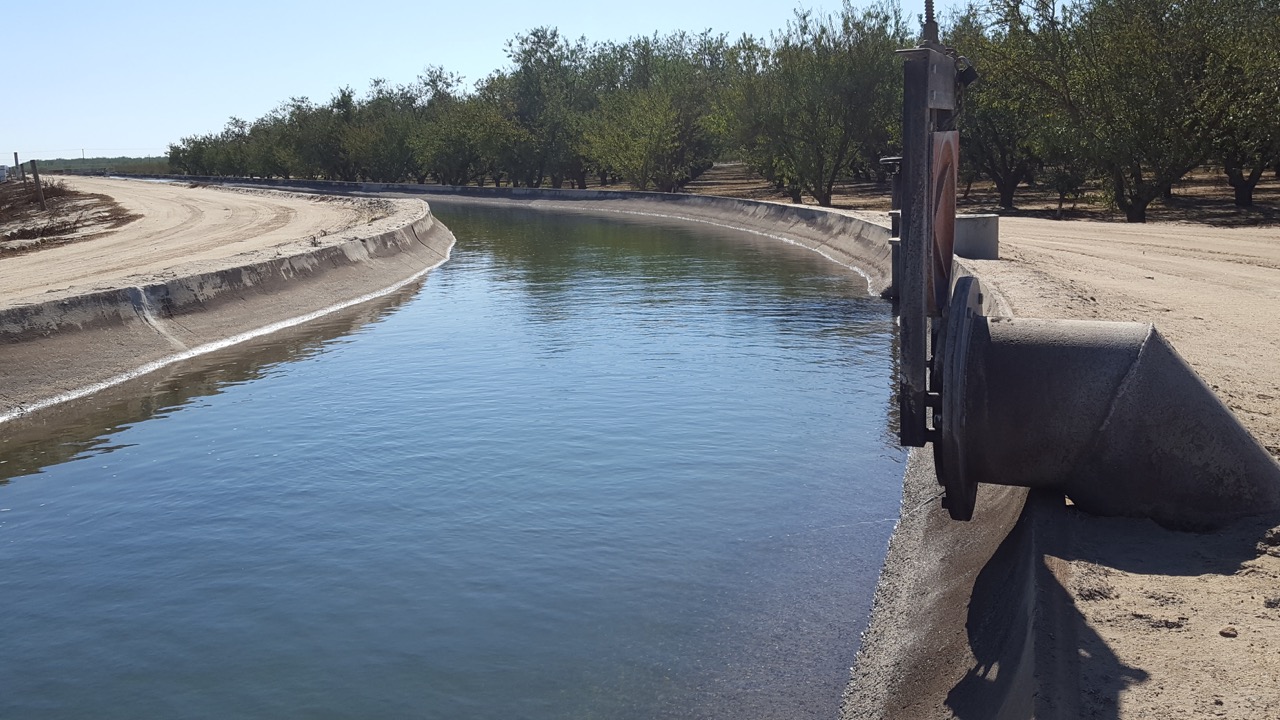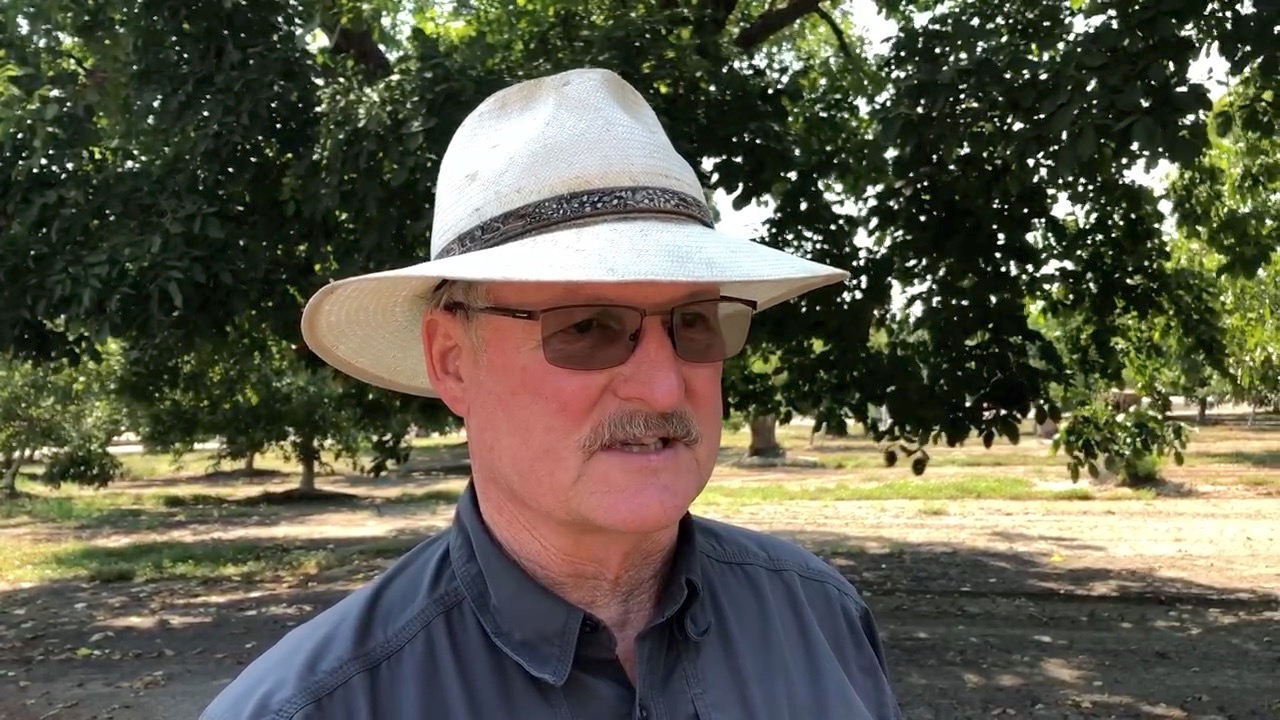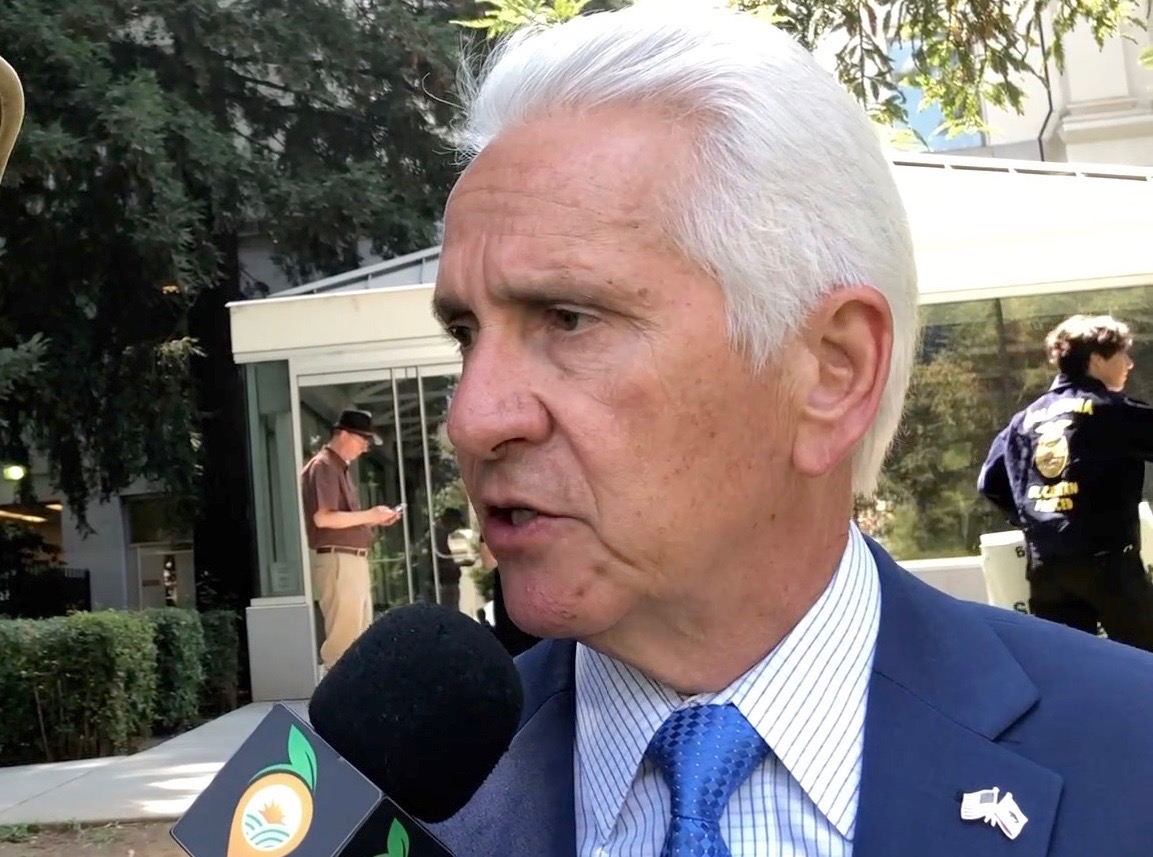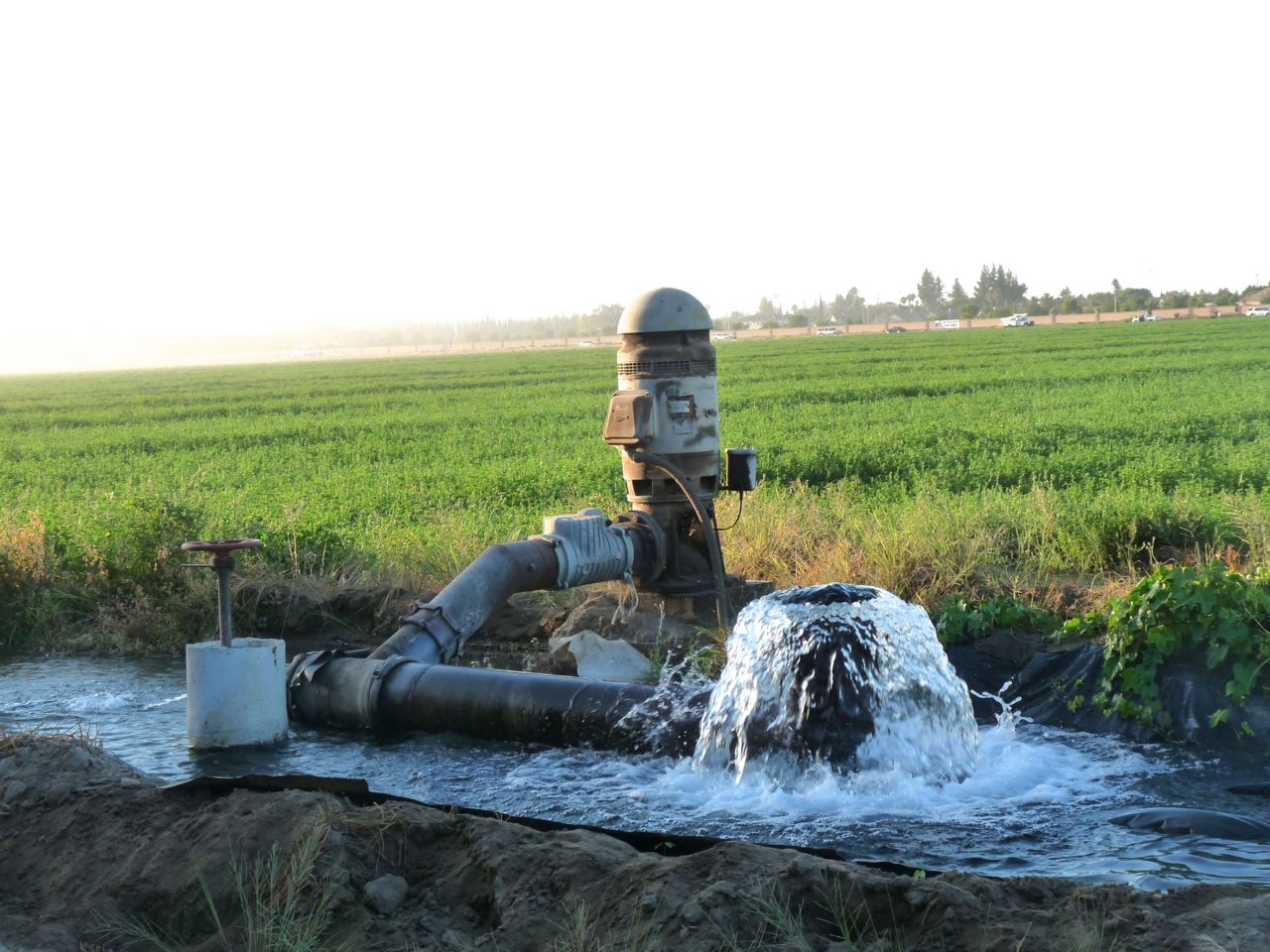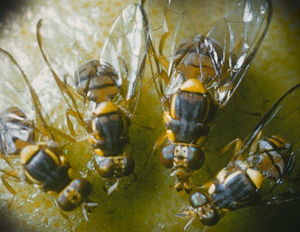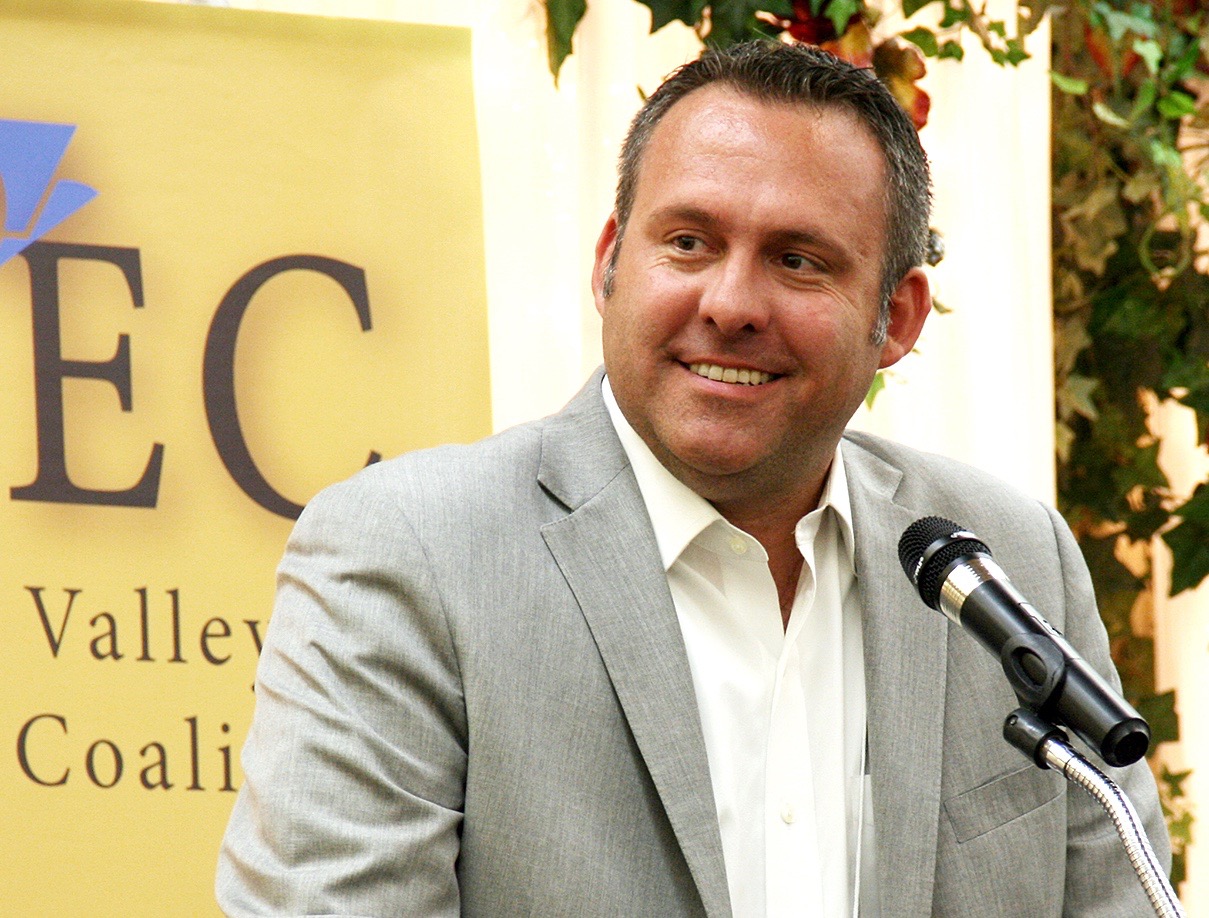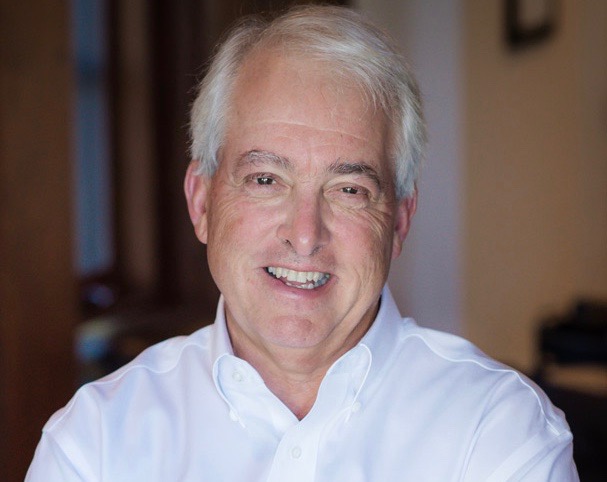Marin County Farm Bureau Fights Back on Water Grab
More Water For Fish Will Not Work
By Jessica Theisman, Associate Editor
Recently in Sacramento, over one thousand farmers and other stakeholders attended a rally outside the Capitol building to protest the State Water Resources Control Board water grab. Over 40 percent of the water from Stanislaus, Tuolumne and Merced rivers may be sent to increase flows for salmon. California Ag Today spoke with Sam Dolcini with the Marin County Farm Bureau about the issue.
“I am here because water is critical to the entire agricultural infrastructure in the state of California. We have many dairies in our county that depend on the water from other parts of the state,” he said.
The proposal would dedicate 40 percent of unimpaired flows along the Tuolumne River alone between February and June. This water would be used for fish, wildlife, and salinity control. This would be a huge increase in water currently used for environmental purposes, with water already in short supply.
“This can be devastating for valley farmers, which is why they flock this week to the Capitol building to be sure their voices are heard,” Dolcini said.
Ronda Lucas, General Counsel with the Modesto Irrigation district, agrees that this water grab could be devastating.
“We are one of the six senior water rights holders,” she said. “They are taking the waterfront, and the impact that will have on the Modesto irrigation district will just be devastating.”





